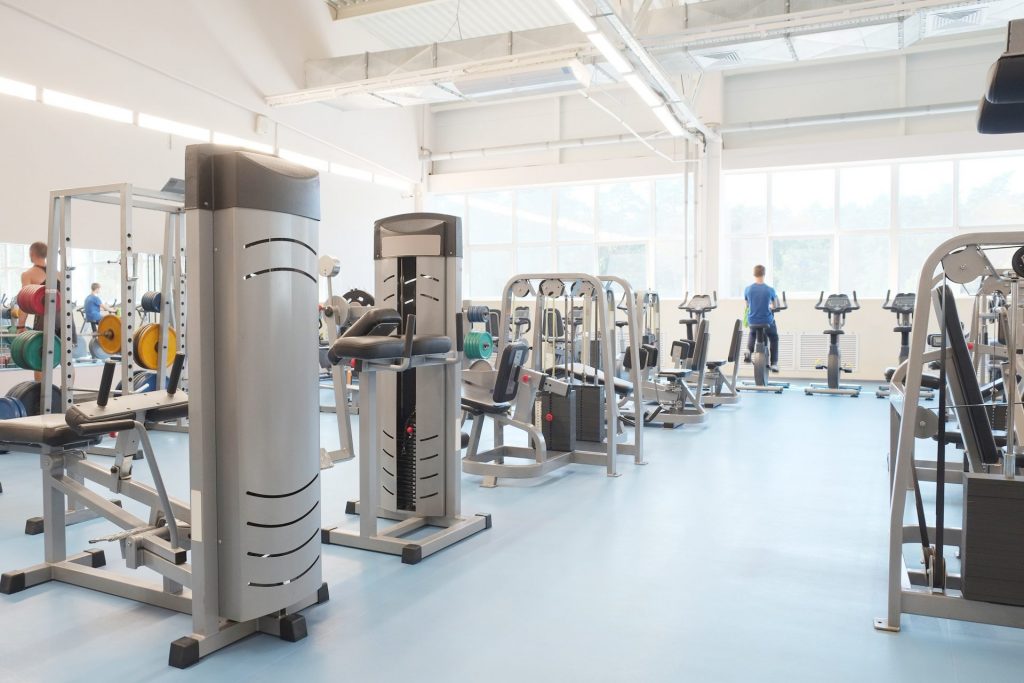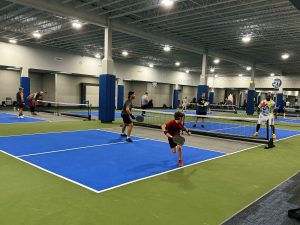If you are reading this article, you are likely aware of the ability of our nation’s recreation centers to enhance our communities. It’s also likely that you are aware that these same recreation centers are underfunded and undervalued and how that diminishes their relevance. Community recreation centers are central to building a healthy community. However, it takes planning to unlock their potential.
In the first part of our guide to community recreation center planning, we covered the initial steps necessary to develop or optimize a community center that aligns with the needs of the community. In part two, we will focus on the key features that elevate recreation centers in the minds of the community around them.
Step 5: Focus on Safety
Safety has always been a priority for community recreation centers. However, with the emergence of the Coronavirus pandemic, safety has taken on a heightened focus. It’s critical to understand the threat and quickly put measures in place to protect residents.
Earlier this year, the Sports Facilities Companies assembled a task force to address various aspects of safety and gather best practices. This can prove to be a critical tactic for recreation facilities to follow because their needs may vary depending on the venue type. It’s also important to partner with local public health officials. Their input will be invaluable throughout this process. A task force can review the needs of each asset and build a plan to meet the objective of protecting your staff and guests.
Pro Tip: Key factors to be addressed in a safety plan include:
- When can facilities reopen per state and local policies?
- What adjustments need to be made to programming and events?
- What equipment is needed to address safety threats?
- What to do if an employee or guest tests positive for the Coronavirus?
- How to communicate procedures in a way that gives citizens confidence that you are keeping them safe?
Step 6: Create Relevant Programming
It goes without saying that your programming must meet the needs of your residents. The ultimate signal of relevance is participation. Are kids taking part in your summer camps, after-school programs, and other activities? Are adults using the fitness equipment or taking part in a CrossFit class at your facility? If they aren’t, it’s time to reassess their needs. This starts with a look at the demographics surrounding the recreation center. What are the ages and stages of life represented in your area? What ethnicities are represented? And while this is important knowledge to have, it won’t tell the whole story. Communities evolve and continual conversations with residents are key to ensuring that your programming is always in alignment.
Pro Tip: When developing relevant programming, consider non-parks and recreation users as well. It’s easy to engage those who already see the value in your programming. However, in order to grow your user base, you must also seek out those that aren’t currently coming through your doors. Administering community surveys will help provide the necessary answers for enhancing programming.
Step 7: Market Your Community Recreation Center
In a perfect world, having an operationally-efficient and aesthetically appealing community recreation center with innovative and relevant programming would be enough to get a maximum number of people through the doors. Unfortunately, these assets are competing in an environment full of options. Many of which have invested a great deal of financial resources in marketing and branding their features and programming. Residents need a reason to engage with your venue that usually goes beyond price. Analyze the competitive landscape as well as your own programming and amenities and develop new approaches to connect with your audience.
Once you set goals and a definition of success for your facility, a close assessment of the target audience must be conducted in order to understand which tactics are most likely to reach them. Then a plan that accounts for goals, the desires of the target audience, and the positive attributes of the facility must be created.
Pro Tip: In terms of tactics, a mix of digital tactics such as email marketing, social media, search engine optimization, and online advertising along with traditional tactics such as flyers and media relations should be used.
Step 8: Seek Multiple Funding Sources
While many recreation centers are supported by an overarching parks and recreation system budget, it’s critical for recreation centers to have multiple methods for generating revenue based on their own unique offerings. For example, recreation centers may offer memberships for the use of fitness equipment or meeting space.
Even if your parks and recreation department has a budget that meets the needs of your facility, it is still important to receive support from the private sector as well. The reason is twofold. Budgets adjust from year to year and can be heavily influenced by local politics. While private funding can have its shortcomings, it’s more likely to stand apart from political pressure. Also, an investment from the private sector sends a message about the importance of community recreation. There are a number of entities for which private companies can support. Providing funding for facility enhancements, programming, or new venues shows that strong recreation centers are worth a financial commitment. This type of commitment often leads other companies to follow.
Pro Tip: Consider local hospitals as a potential funding partner. If they are a nonprofit hospital, they are required to spend a portion of their surplus to address community needs. This may include programs that enhance public health and wellness.
Step 9: Create Comprehensive Reports
Whether you are seeking public or private funding, proper reporting is a critical component of the process. Once your goals are established, it’s time to assign specific key performance indicators (KPI) to each one. These metrics should be communicated to all staff and incrementally reviewed for progress. Additionally, annual reports should be created to not only show hard data but to engage current and future stakeholders.
Pro Tip: Consider the following KPI’s, when evaluating the performance of your recreation center:
- Revenue generation
- Facility usage
- Customer feedback
- Program participation
Since 2003, the SF Companies has worked in over 2,000 communities nationwide and has built a deep understanding of the components that make a successful community recreation center. Through the creation of custom economic impact calculators, tools that can assess feasibility for new projects, and optimization and outsourced management services, we have everything you need to help your community realize the power of its recreation centers to impact health and economic outcomes.
To learn more, contact us today at info@sportadvisory.com or call us at 727-474-3845.






